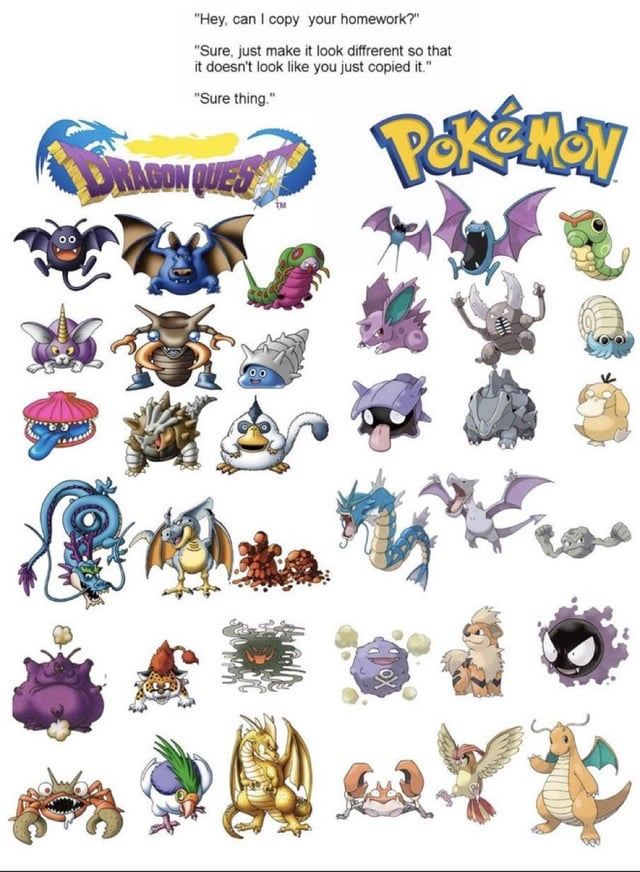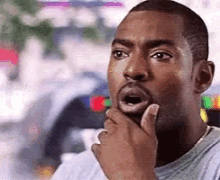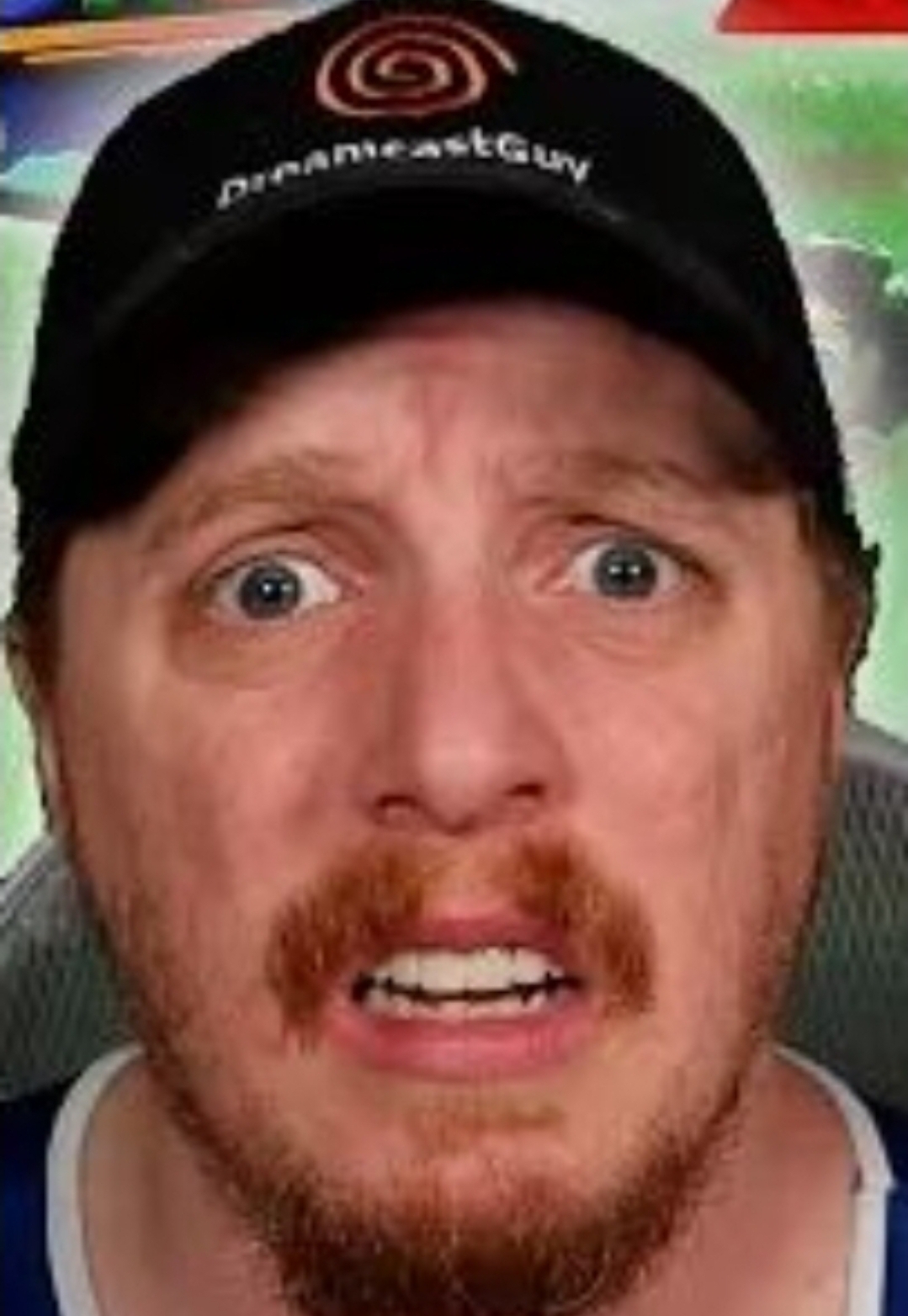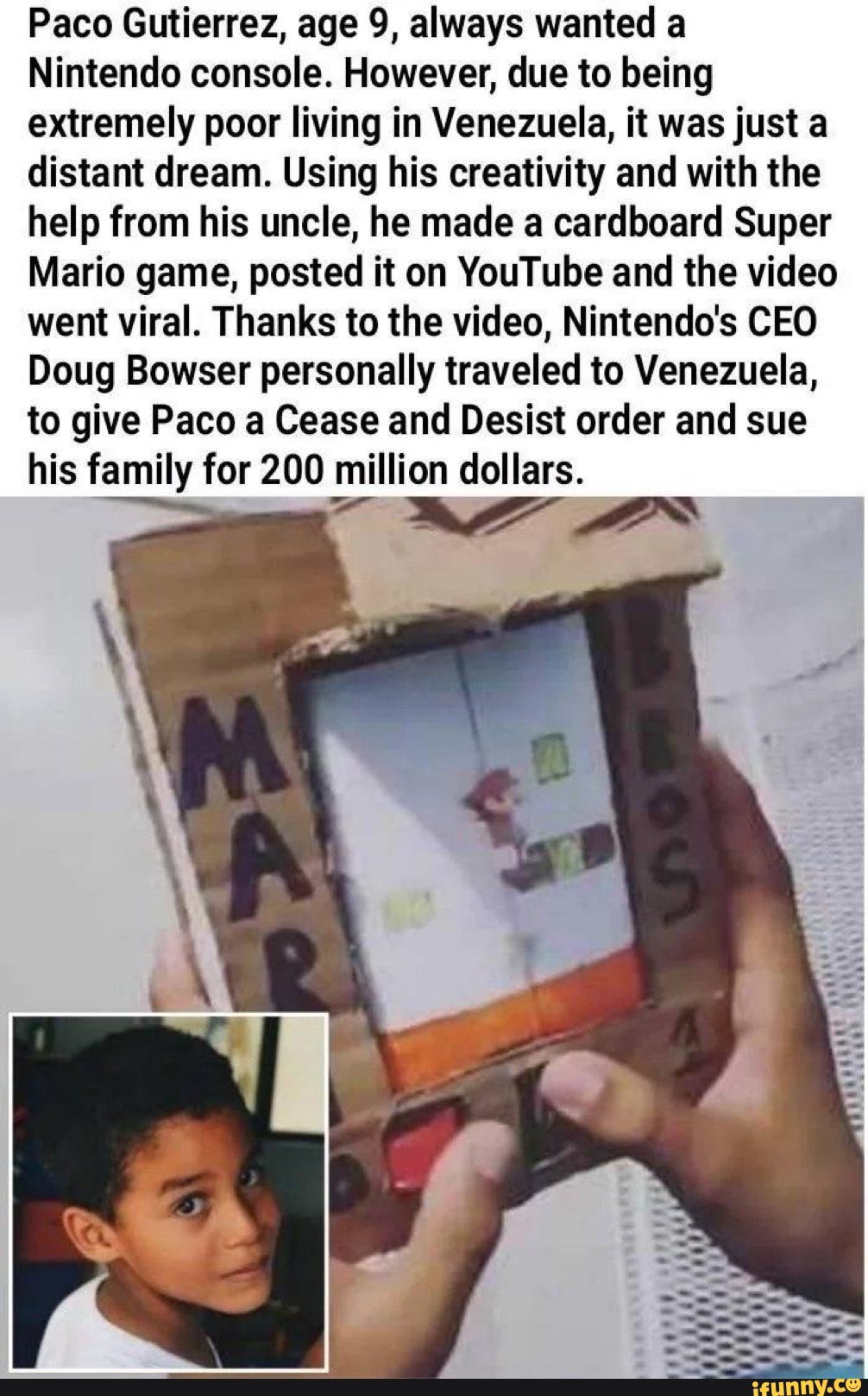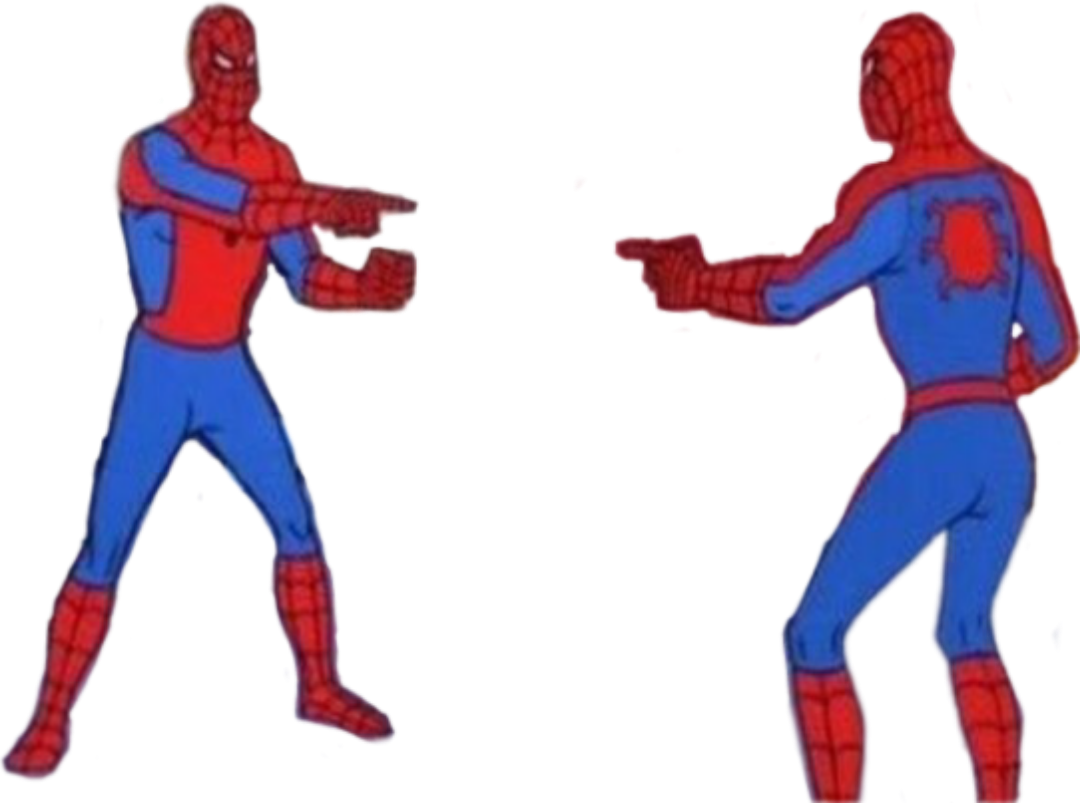I would exercise caution here, as patent reporting in the gaming space almost always is misleading and inaccurate. It's somewhat understandable as the patent system - in nearly any country - is arcane and complex, but I wish outlets didn't feel so comfortable making large assessments about what patents cover or the prosecution process.
Maybe the most common mistake I see made is in determining what a patent actually covers. It's precisely defined in a section referred to as the "claims". Everything else is there to support, describe, and enable others to make/use what is claimed. I don't know how the video reached this conclusion, but I do see an abstract highlighted when this point is discussed, which does not define what a patent actually covers.
The video also expresses confusion about how attorneys can modify a patent mid-stream. To be clear, I'm making a general comment here; maybe there is a substantive bone to pick here, and Japan has its own patent system with its own prosecution process. That said - in general - adjusting patents during prosecution (meaning before they are granted) based on a competitor is extremely common. It's literally called "directed prosecution." There's nothing nefarious about it. A common strategy is to, right after your patent is allowed but before you pay the issue fees, you file a continuation to essentially keep that patent (or its subject matter) alive, so you can adjust the continuation to better target a competitor and its products. In the US, there are ways to modify a patent after it's granted, but these are pretty limited - to fix a mistake, for example.
Again, I'm speaking in generalities and am not very familiar with the details of this case. I'd be interested to spend more time on some of the specific patents in question.
And I hope this doesn't come across as a personal attack to the video creator. If there's any frustration it's with reporting on patents in the gaming sphere in general.

